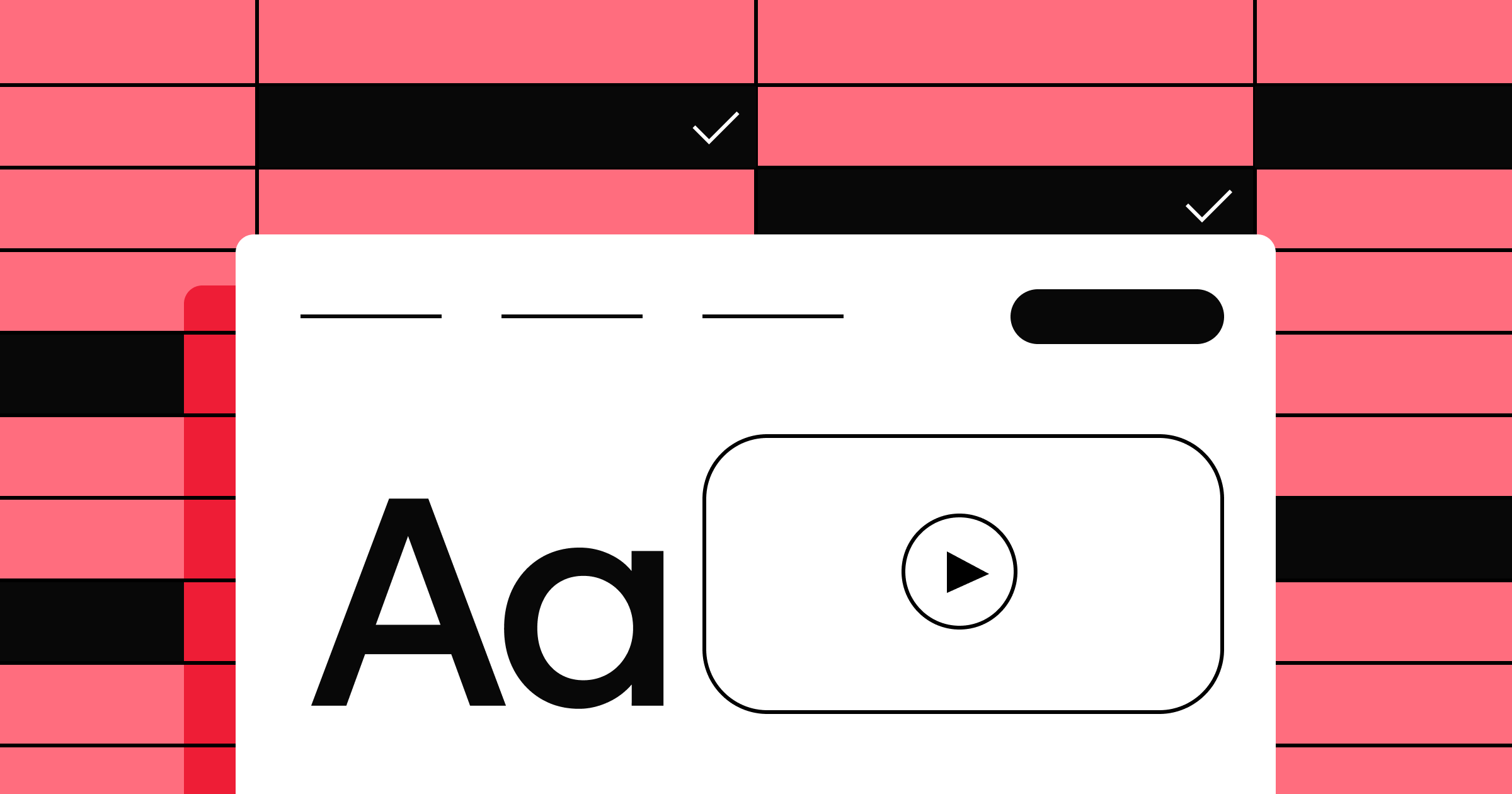B2B marketers have always fought an uphill battle against a common perception: being boring.
After all, traditional marketing campaign assets like whitepapers, case studies, and webinars are usually designed to be educational, not entertaining. But as business buyers increasingly rely on social media and other digital channels to learn about brands and products, marketers need to stand out.
That’s where trend jacking comes in.
Trend jacking is a marketing tactic that’s lifted straight from the B2C playbooks of Oreo’s dunk in the dark viral tweet and Aviation Gin’s in-universe sequel to the controversial “Peloton wife” ad. The concept is simple: take a topic or event that’s already generating headlines, and create your own related content. Usually, trend jacking is tied to broader pop culture — but in B2B, it can also be applied to sudden shifts in the market, the rise of emerging tech, and other niche industry or newsworthy events.
In a perfect world, your audience should already be aware of and interested in the topic you’re trend jacking. That way, they’ll be more likely to engage with your social post, email, video, or article.
But, when trend jacking isn’t handled correctly, brands risk looking clueless and cringey. To make sure you’re covered, here are a few best practices B2B marketers should keep in mind when implementing trend jacking.
Three approaches to B2B trend jacking
While the concept of trend jacking is relatively simple, executing it at the highest level can get surprisingly complex. Let’s explore three different levels of difficulty in B2B trend jacking, along with some real-life examples.
Level one: memes and reactions
This is one of the fastest and simplest ways to enter a conversation. When a meme or notable event starts capturing attention, join in the fun with your own reaction.
For example, when Instagram launched its new text-based social app Threads, marketers were quick to share their complicated feelings about this new platform. And since freelance marketplace Upwork counts marketing managers among its core users, they responded with a timely — and all too relatable — TikTok reaction of their own, using trending audio for extra impact.
Memes and reactions are all about speed and simplicity. Create your brand’s unique take on a trending meme or headline, use any relevant hashtags, popular Instagram or TikTok audio, or visuals, and hit publish.
These trend jacking moments usually happen on social media, but you can also reference memes and reactions in email subject lines, email body content, or blogs to pique interest — and, hopefully, boost engagement.
Level two: hot takes on trending topics
The next level of trend jacking is to go beyond a simple meme and add your brand or leader’s perspective to a larger conversation.
For example, data observability platform Monte Carlo’s CEO shared a LinkedIn post with her take on a recent earnings call from Snowflake, the biggest brand in their industry. She connected the dots between Snowflake’s discussion of generative AI and the need for better data quality with the outcomes Monte Carlo provides for its customers — with likes, comments, and shares amplifying her post’s reach.
This approach requires a little more effort and thoughtfulness than jumping in with the latest meme, but it also puts more focus on your brand by sharing your unique point of view on the trending topic. Publish your hot takes on buzzy topics in blog posts, within long(ish)form social posts, or via your email newsletters.
Level three: adding significant value to the conversation
To drive the most impact from your trend jacking, don’t just add your voice to the chorus of conversation — dig deep and provide significant value through your content.
For example, audience research tool SparkToro used advanced trend jacking techniques when responding to a hot take from Elon Musk about Twitter’s percentage of fake users. As Amanda Nativdad writes, using their existing foundational tools, their team was “quick to parse through data to answer the question everyone was wondering about.” Within a few days of Musk’s headline-generating tweet, they published research that showed around 20% of Twitter’s accounts were fake or spam — much higher than the 5% rate initially reported.
SparkToro’s findings generated significant press coverage, drove 23k unique pageviews of their website in a single day, and helped greatly improve their organic search rankings for terms like ‘audience research tool.’
Similarly, Camille Trent describes how her small but mighty team at PeerSignal deployed trend jacking around tech layoffs — and doubled their newsletter subscriber count.
As a data and research provider for B2B SaaS marketing leaders, they spotted an opportunity in the fall of 2022 to bring substantive information about the widespread tech layoffs on their prospects’ minds. Using PeerSignal datasets, they assembled a list of tech companies currently hiring — and then waited for another tech giant to make headlines. When Meta announced mass layoffs on November 9th, they were ready to add to the conversation. Camille and her team promoted the hiring tracker on LinkedIn the day before publishing it in their newsletter, driving subscribers from 6k to 12k within a few weeks.
In both cases, SparkToro and PeerSignal took the time to build meaningful content. Each team knew how their unique point of view and access to resources — specifically, their data — could help them add something of value to the conversation. And since both teams had assets to publish on their owned channels, versus social media alone, they were able to drive more tangible business outcomes than social likes or views.



















Tips and strategies from best-in-class organizations
In our ebook, learn how lean teams can overcome organizational obstacles, quantify your team’s impact, and plan and execute your marketing strategy.
Best practices for all B2B trend jacking
Not every company is equipped to publish a proprietary data report within days — but even a simple meme is important to get right. If you’re just getting started with trend jacking, there are a few best practices to keep in mind.
Stay relevant to YOUR audience
This is the secret advantage B2B marketers have when it comes to trend jacking: you don’t need to wait for a national event like the Super Bowl or a Barbie-level blockbuster. Since your audience is smaller than B2C brands like Oreo, you can be more surgical about the events you trend jack (and you won’t be competing with dozens of other marketing teams who’ve all had the same idea).
Find the smaller stories that your ideal customers care about, and join those conversations. For example, in our Monte Carlo example above, a Snowflake earnings call is not the Super Bowl — but for their CEO’s audience, it’s a noteworthy event.
Stay classy
The fastest way to trend jacking disaster is to hop on a story about death, tragedies, political controversies, or other sensitive issues. These are just not the opportunities you want to use to promote your brand.
There’s a litany of what-not-to-do examples here, including Cinnabon’s RIP message memorializing Carrie Fisher’s “best buns in the galaxy” and DraftKings’ ill-advised “Never Forget” parlay involving New York sports teams on 9/11.
While these examples are obviously in bad taste, some memes have deep roots — so research any trending hashtag’s origins and make sure it’s something you actually want people to associate with your brand.
Stay ahead of the curve
With trend jacking, timing is everything. You’ll want to execute your content within hours or days, not weeks, of a trend’s emergence or timely headlines.
So if you want to jump on a cultural or buzzy moment, act as quickly as possible.
But if you’re targeting a larger trend with a longer lifespan, like returning to the office or the rise of generative AI, take a page from the PeerSignal playbook. Prepare your content and wait for the next specific — but inevitable — story to generate headlines. Then, you’ll be able to publish your trend jacking piece at just the right time to capitalize on the trend.
Avoid oversaturation
In the summer of 2023, it seemed like every marketer on LinkedIn was sharing their hot take on what B2B companies could learn from Barbie. And every early December, similar takes on Spotify Wrapped probably fill your feed.
If you have something unique and meaningful to share on a very popular topic, go for it. But if you’re contemplating a trend jack simply because everyone else is doing it, your audience will be able to tell — and they’ll already be sick of the oversaturated conversation.
Bottom line? Follow the golden rule of B2B marketing: share helpful information your audience cares about. Trends will rise and fall, but delivering relevant, valuable content never goes out of style.
































